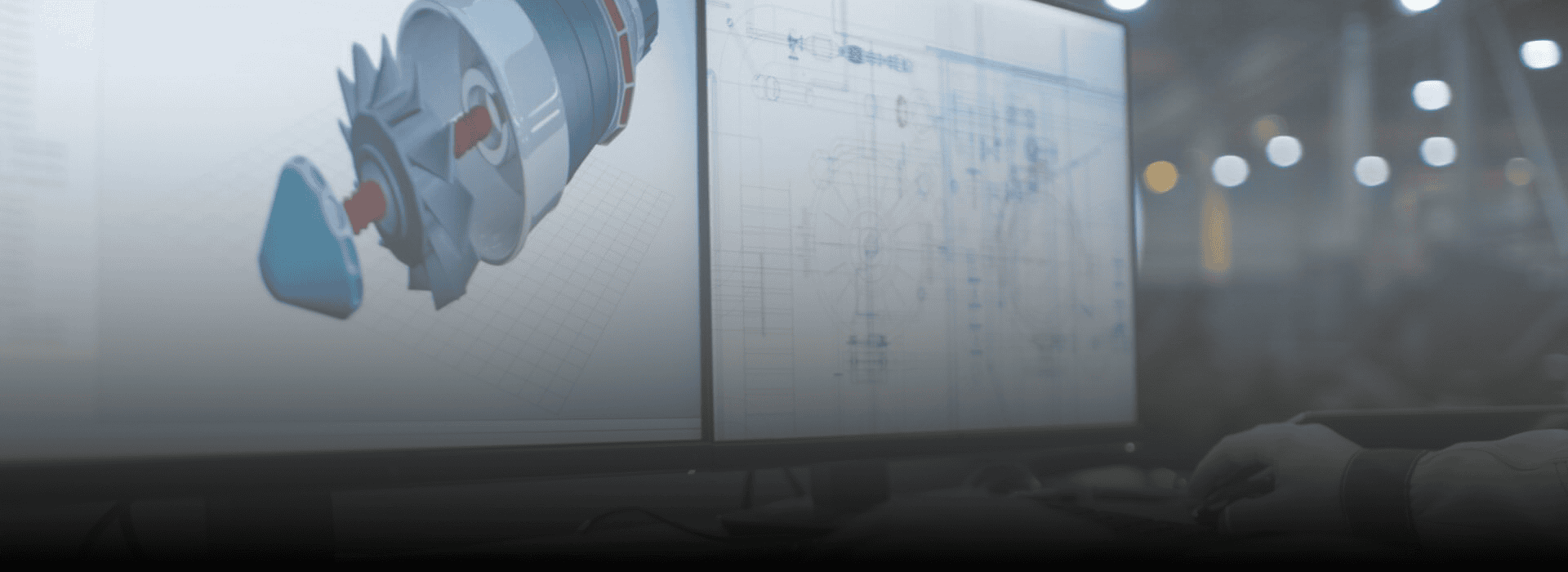What is Product Engineering Design & Analysis?
Product Engineering Design & Analysis is the process of conceptualizing, developing, modeling, testing, and refining a product using scientific and engineering principles. It combines design thinking with engineering simulations to ensure that the product is functional, manufacturable, cost-effective, and reliable.This process is enabled and accelerated using Product Design & Analysis Software tools that help engineers visualize, test, and optimize a product before it's manufactured.
Uses & Purposes
Area | Purpose |
| Conceptual Design | Sketch and define the form and function of a product. |
| 3D Modeling | Build a digital prototype (CAD model) of the product or parts. |
| Simulation & Testing | Virtually test strength, heat, stress, fluid flow, etc., using CAE tools. |
| Optimization | Improve material usage, cost, weight, and performance. |
| Documentation | Generate engineering drawings and specs for manufacturing. |
| Prototyping | Export models for 3D printing or CNC machining. |
| Collaboration | Share designs and analysis across teams and departments. |
Key Software Tools Used
CAD (Computer-Aided Design): SolidWorks, CATIA, Creo, Siemens NX, Autodesk Inventor
- CAE (Computer-Aided Engineering): ANSYS, Altair HyperWorks, COMSOL, Abaqus
- CFD (Computational Fluid Dynamics): ANSYS Fluent, SimScale
- CAM (Computer-Aided Manufacturing): Fusion 360, Mastercam
Benefits & Advantages
Advantage | Explanation |
| Reduced Time to Market | Faster design iterations and testing cycles. |
| Lower Costs | Fewer physical prototypes and mistakes. |
| Improved Product Quality | Simulations detect and eliminate design flaws early. |
| Innovation & Creativity | Rapid prototyping allows creative designs to be explored easily. |
| Better Collaboration | Integrated platforms allow multiple engineers to work on the same product. |
| Digital Twin Readiness | Enables virtual replicas for testing, maintenance, and upgrades. |
| Sustainability | Design lightweight and energy-efficient products through simulation. |
How This Helps Engineering Candidates
Industry-Relevant Skills: Builds practical skills used in core engineering jobs.
- Portfolio Projects: Allows students to develop product models and simulations for resumes and interviews.
- Career Versatility: Applicable across automotive, aerospace, consumer electronics, robotics, medical devices, and more.
- Cross-Functional Exposure: Gives experience in design, analysis, and manufacturing processes.
Job-Readiness: Many roles require CAD/CAE knowledge as a basic qualification.
Job Titles After Learning Product Engineering Design & Analysis Softwares
Job Title | Description |
| Product Design Engineer | Designs entire products or sub-systems. |
| Mechanical Design Engineer | Designs mechanical components or systems. |
| CAE Analyst | Performs structural, thermal, or motion simulations. |
| FEA Engineer | Specializes in Finite Element Analysis to test strength/stress. |
| CFD Engineer | Works on fluid flow simulations in products (e.g., HVAC, aerodynamics). |
| R&D Engineer | Designs and tests innovative products or systems. |
| Design Validation Engineer | Verifies that designs meet performance and safety requirements. |
| Manufacturing Design Engineer | Ensures designs are optimized for production methods. |
| Tooling/Fixture Design Engineer | Designs jigs, fixtures, molds for manufacturing. |
| Product Lifecycle Engineer | Manages product data across the design-to-manufacturing pipeline. |
| 3D CAD Modeler / Drafter | Creates 3D models and 2D drawings for documentation and production. |
